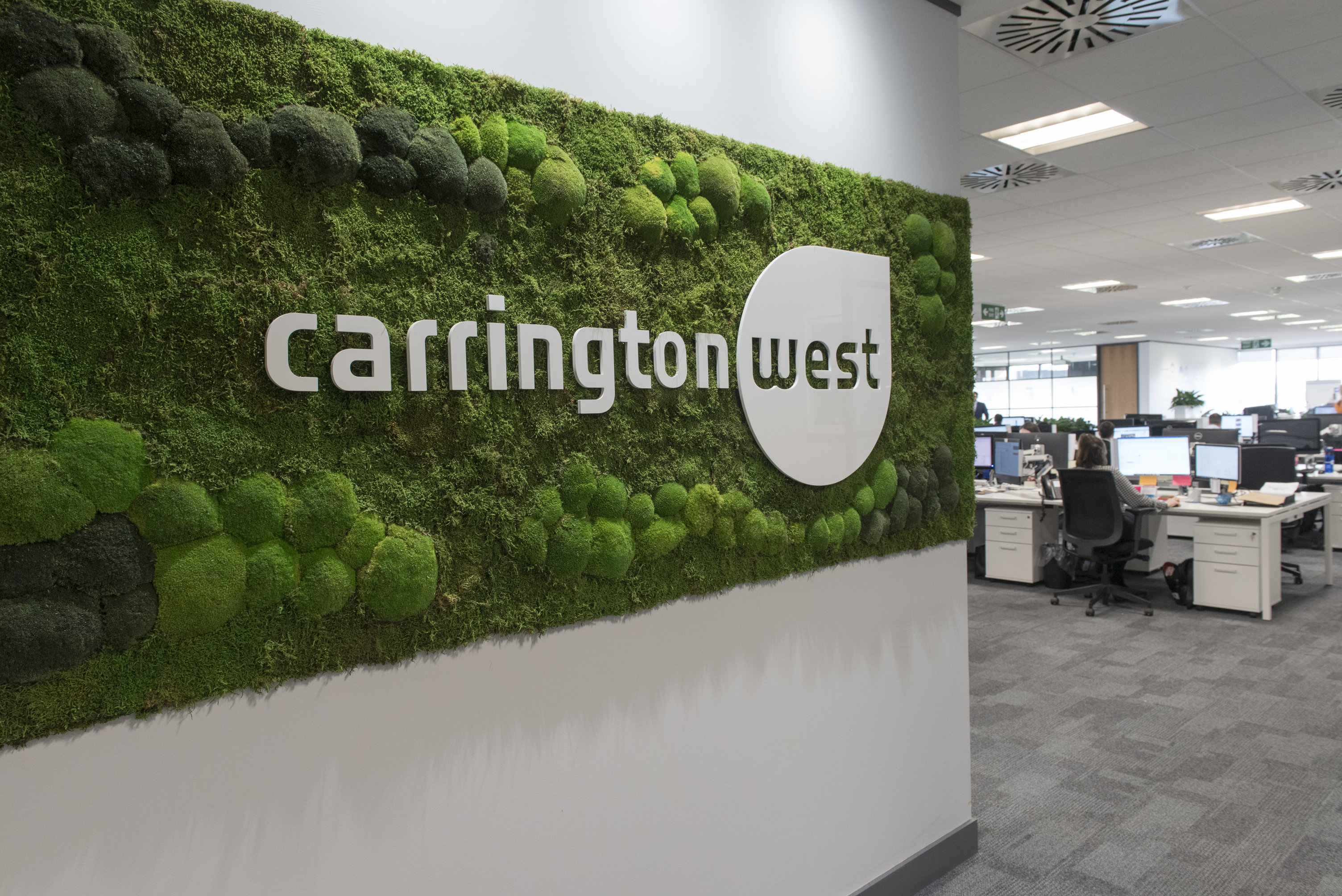
Transitioning back to office-based operations may not be as easy as it seems.
Moving from being an office-based business to everyone working from home almost overnight was not without its challenges. However, we did it, and we hope our staff agree, we did it as well as we could. Our employees were amazingly patient and adopted a ‘business as usual’ attitude despite the odd technology glitch or the fact that they were adjusting to the strange experience of having to hold meetings or conduct interviews from their kitchen table. Despite the speed in which it happened, we all managed to support each other in adjusting and embraced quickly the idea of commuting from bed to desk and back again in a nano second instead of half an hour in a traffic jam on the M27.
Now we are faced with the prospect of transitioning back to the office over the coming weeks and it is dawning on us that this maybe harder for many of our staff than the initial shock of lockdown. A bit like tearing off a plaster, lockdown happened quickly causing a short sharp pain. We outdid ourselves with the speed with which we implemented our business continuity plans and mitigated the effects on operations of moving out of our premises overnight. Going back will be slower. We will take a sensible phased approach to accommodate social distancing and practical changes to the working environment. For those that are more resistant to change, this will probably be a lot more painful. The reality is that we are not returning to normal, we are asking our teams to yet again adapt to another new working scenario, albeit under the guise of the comfort offered by a familiar desk and a favourite coffee cup.
It is the responsibility of senior management teams to make sure everyone is comfortable with coming back into the office. The challenge for team leaders is resisting the temptation to assume everyone in the business is a workaholic desperate to return to their desks. We need to take the time to listen to individual’s concerns and take into consideration everything from their level of risk should they become ill to the impact on their mental health of actually leaving the house for the first time in months.
There are clear benefits to being office based for many. The daily social interactions we have with each other make up a large part of our company culture. Whilst not impossible to maintain with a remote workforce they are harder to be all inclusive. From a business perspective, team cohesion and constant face to face communication keeps projects moving in real time, keeps employees engaged, beyond their individual tasks, with their team and the wider business operations. All of these are valid reasons enough to celebrate a return to work, but most importantly, for many, their mental health has suffered by being at home. The distinction between work time and leisure time has become blurred and many of our employees are not able to effectively relax or ‘switch off’ in the evenings.
Mental health and wellbeing have been a key focus for us over the past few weeks. We were fortunate that we already had a wellbeing programme in place that we were able to quickly adapt to these unique times. Our management team have all attended mental health awareness training, so we were in a good place to notice potential issues even over video calls. The truth is, not many people have escaped totally unscathed. It would be remiss to assume any issues will disappear overnight. We need to expect the ‘new norm’ to be as challenging to embrace as lockdown was in the first place.
Open communication and ongoing dialogue are imperative. Our approach so far has been to give our employees as many opportunities as possible to voice their concerns and ensure their opinions are incorporated into our planning. In addition to our weekly wellbeing check ins and ongoing employee engagement surveys, we started with a confidential survey from HR to assess the practicality of returning that included questions on whether they were considered in a high-risk health category or lived with anyone that was. We delved deeper into childcare or dependant responsibilities and other potential risk factors such as reliance on public transport. Once we understood more about who was more likely to be able to return in the earlier phases of reopening, we then conducted one on one sessions to really listen to concerns, however small they were.
One of the most important things to get right as a business leader is looking after your staff. The practical planning of one-way systems, hand sanitisers and hourly toilet cleaning is easy to address in comparison with feelings and emotions. When we set up Carrington West almost 10 years ago, we wanted to make sure we did everything we could to run a successful recruitment company – with the single goal of being better than other recruiters out there. Being better employers is top of the list. It is how we empower our employees be better at their jobs and how we demonstrate our commitment to ensuring we are all happy and healthy in the workplace. The Covid-19 pandemic has tested our mettle, but I hope our employees feel that we have done our best in ensuring that everyone has been looked after and listened to over the past few months.
Recruitment is a high-pressure, fast-moving industry. In amongst all the planning, excitement or dread at being back at our desks, we need to make sure we continually monitor and update our plans to make sure we all feel better and work better in the long run.
